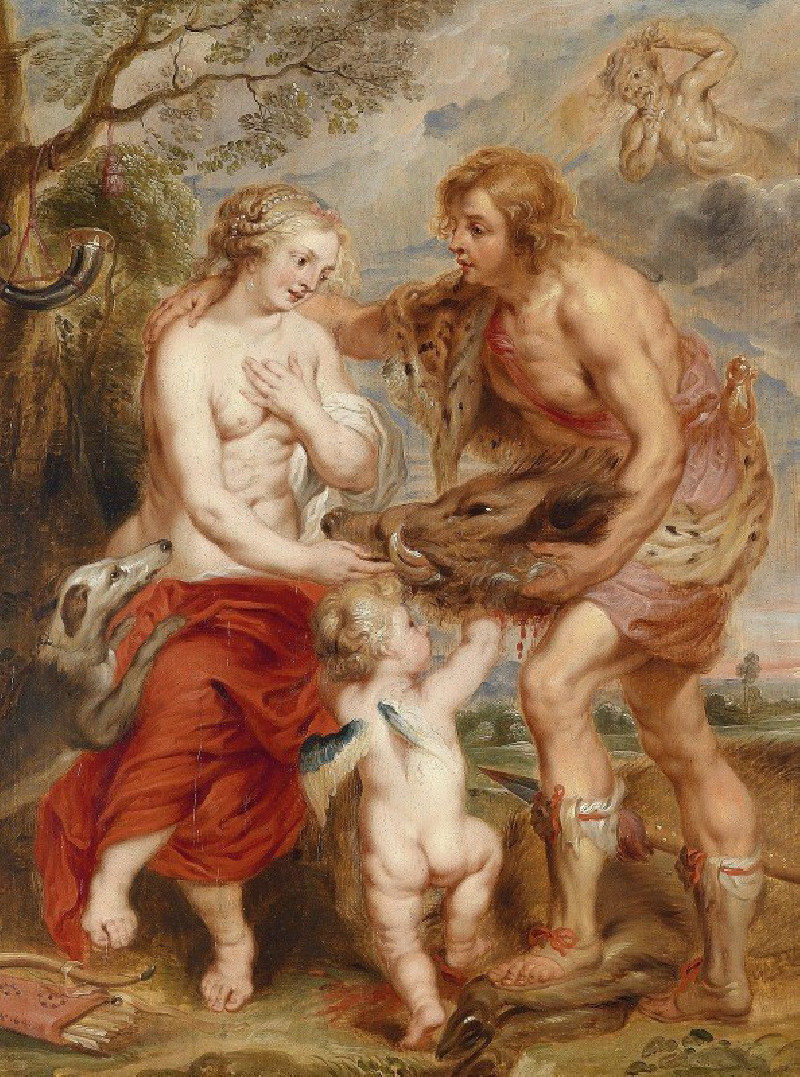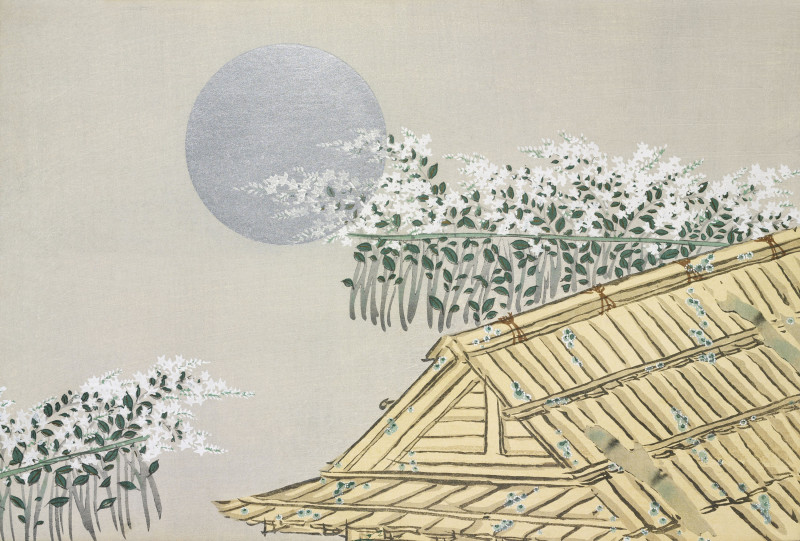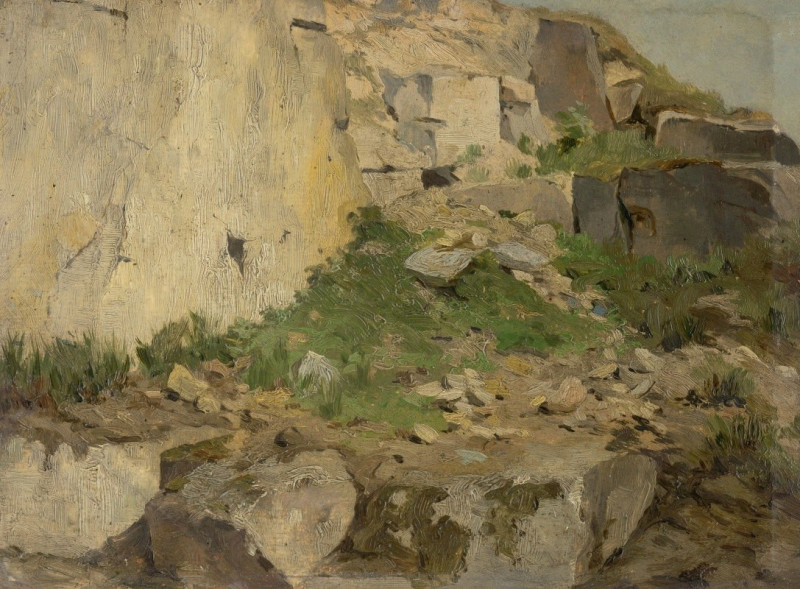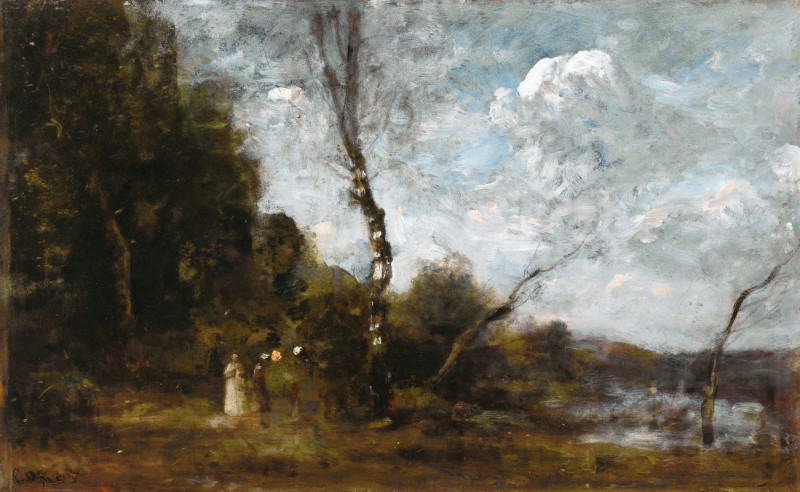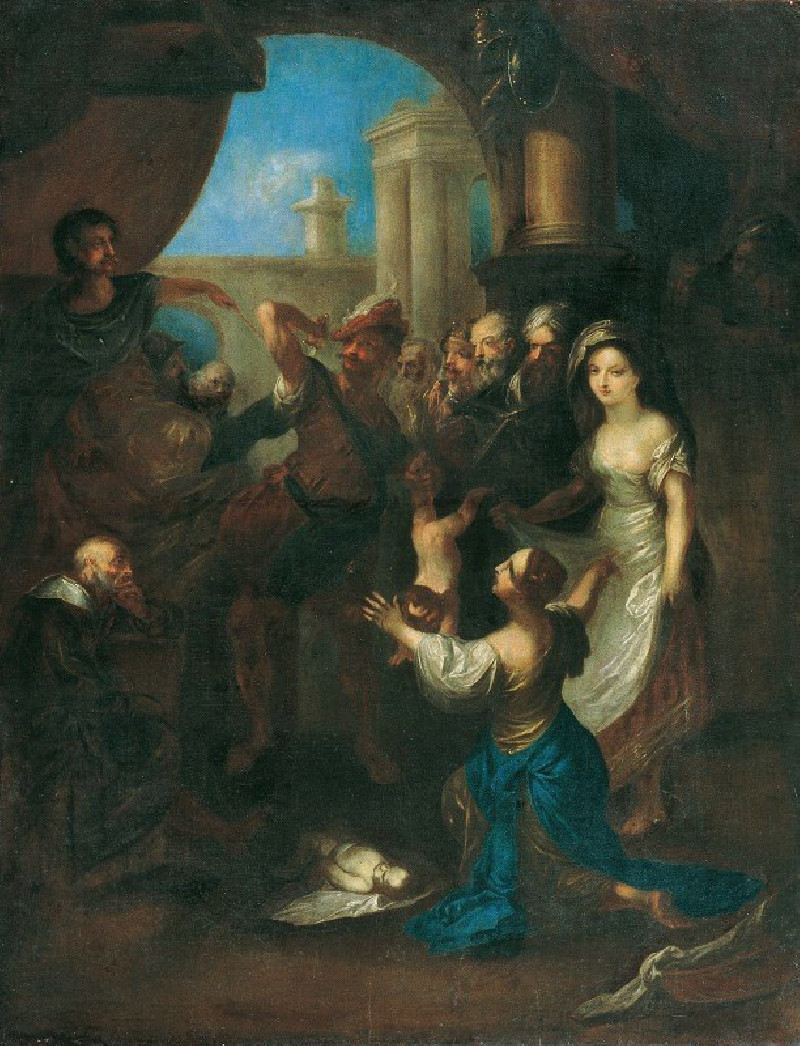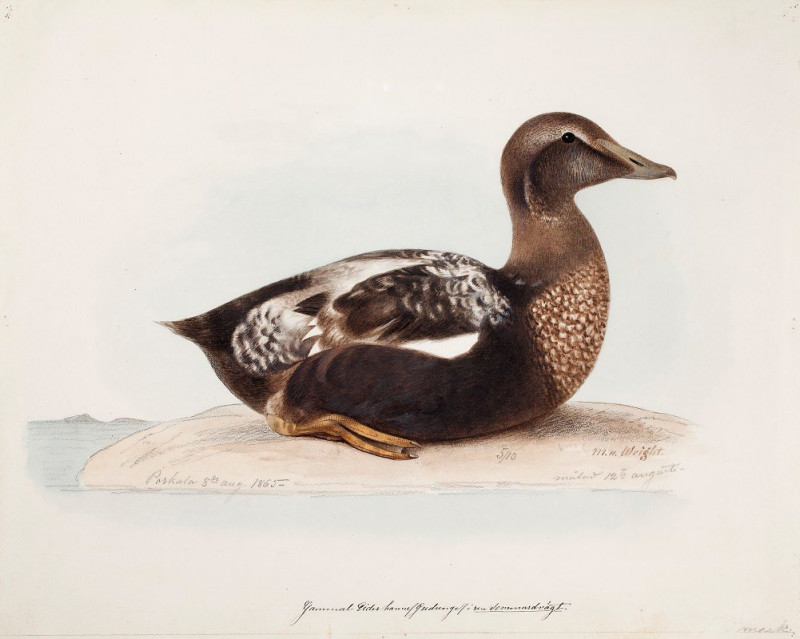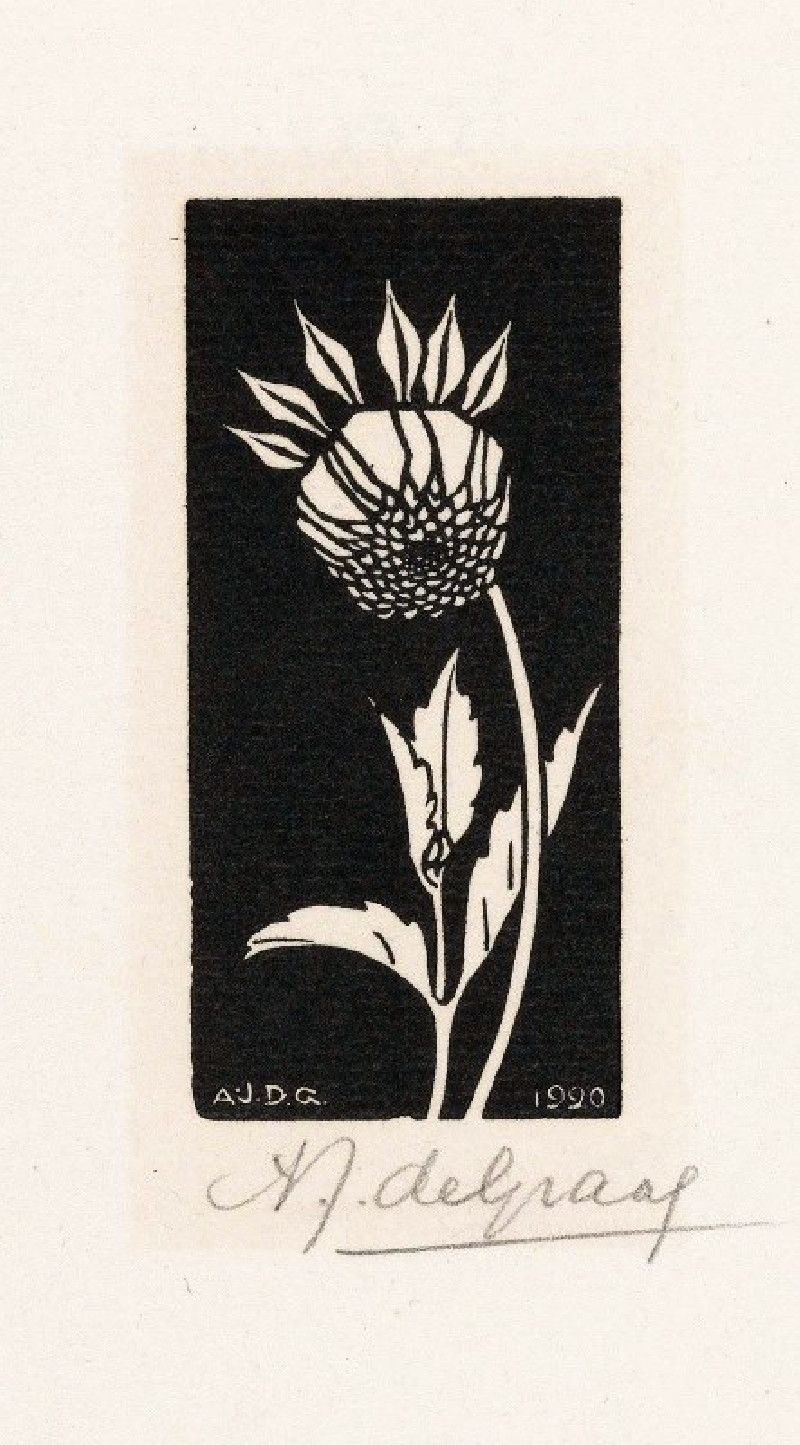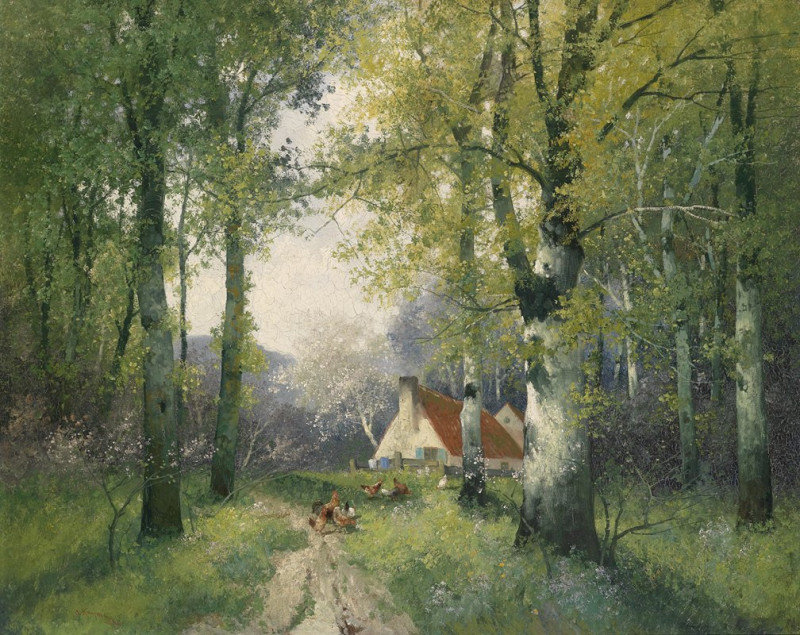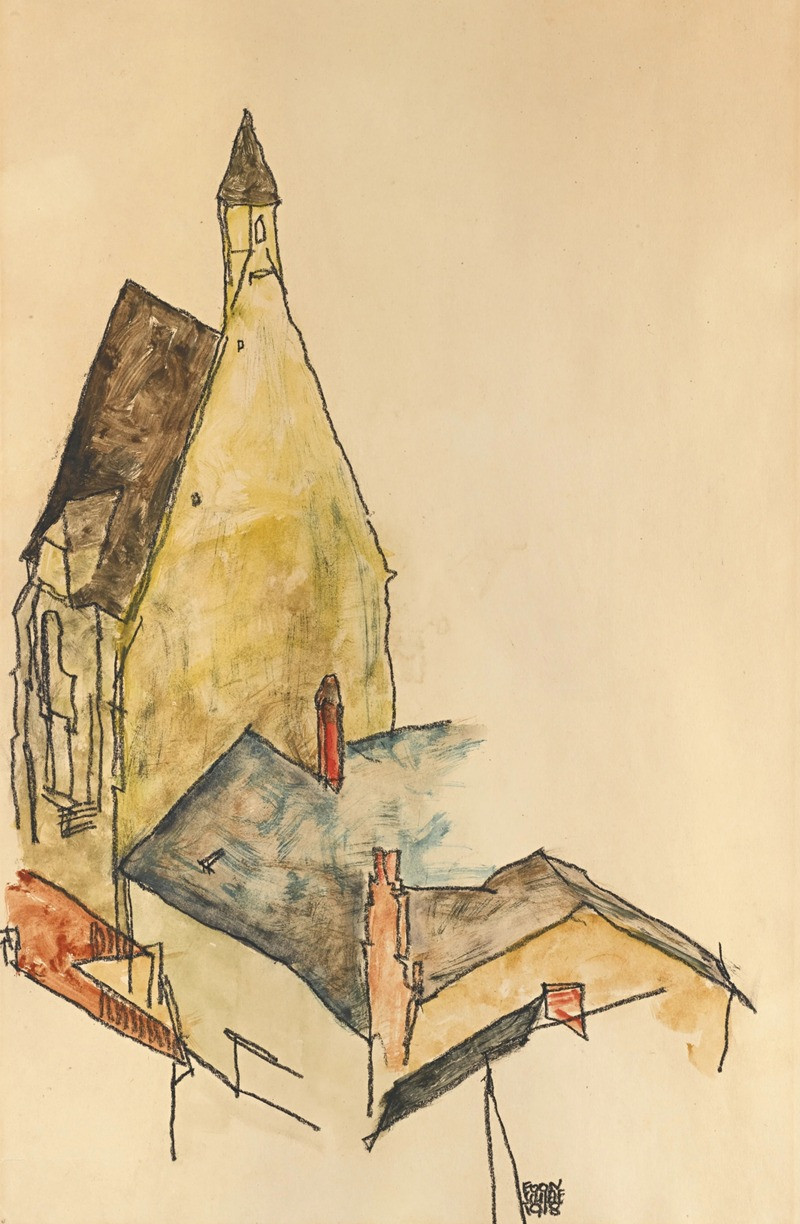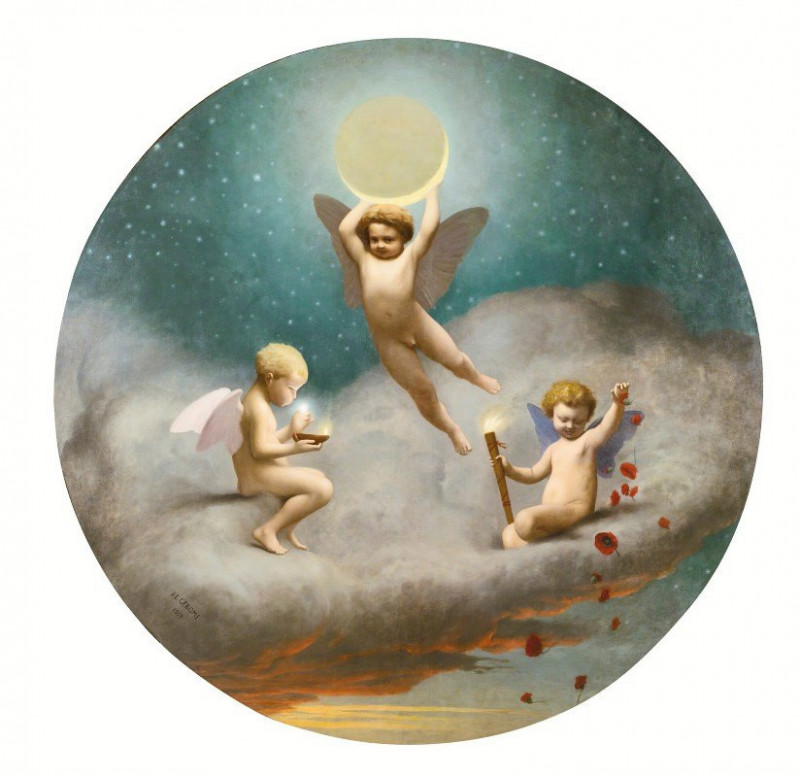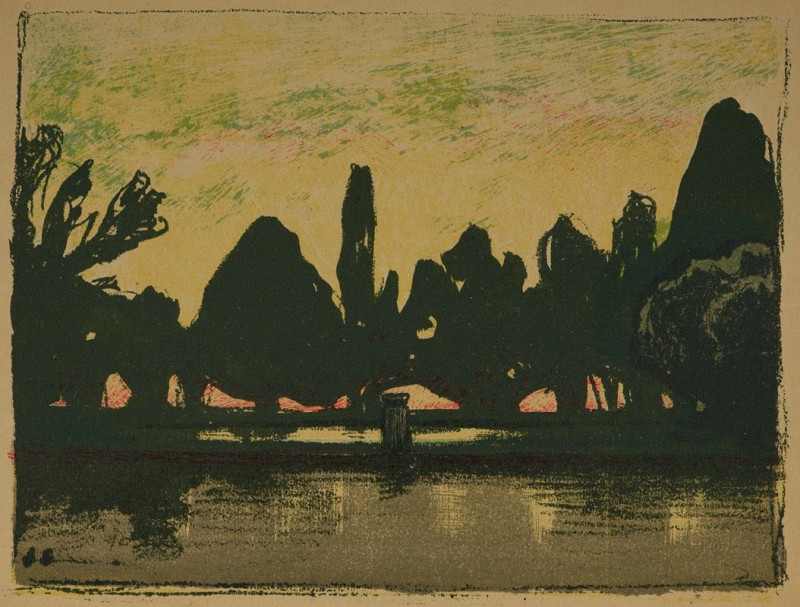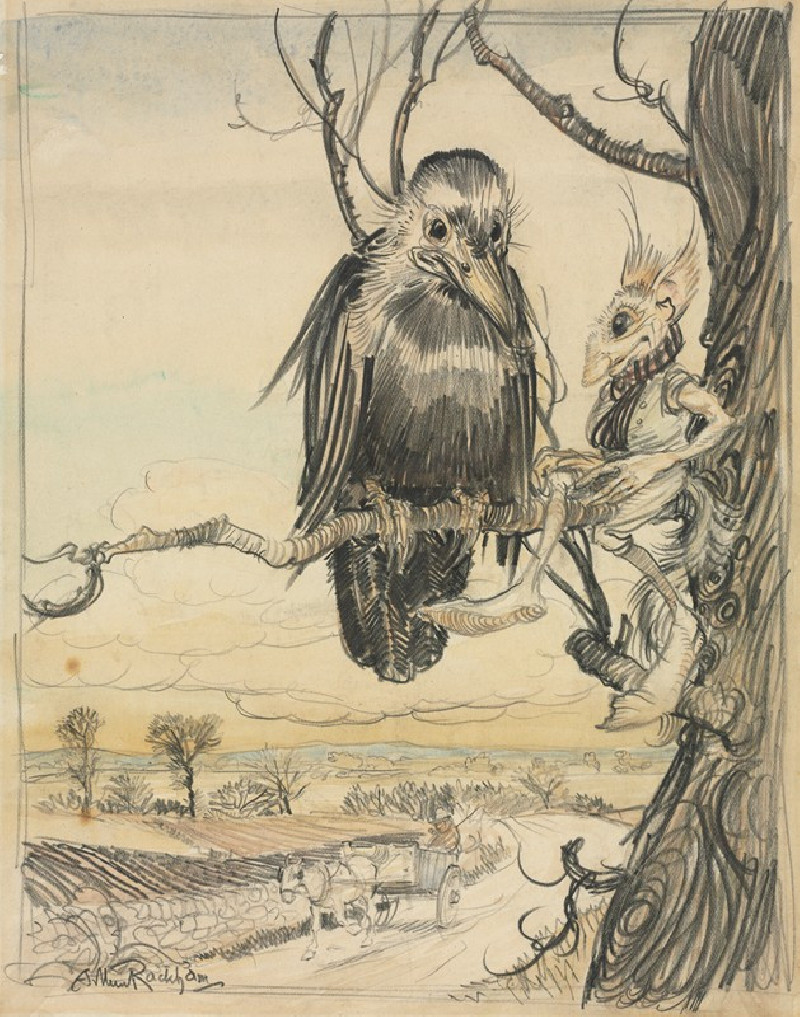The Place Du Havre, Paris
Technique: Giclée quality print
Recommended by our customers
More about this artwork
This painting, "The Place du Havre, Paris" by Camille Pissarro, vibrantly captures the bustling activity and architectural grandeur typical of a Parisian square. Set in what appears to be late 19th to early 20th century, the artist's brushwork brings life to the scene with swirling dashes of color and light, which is characteristic of the Impressionist style.The foreground of the painting is teeming with a variety of horse-drawn carriages and early automobiles, suggesting the technological transition occurring during this period. The multitude of finely dressed people suggests the busyness of daily life, with citizens engaged in their various routines and errands.In the background, the painting presents an array of Haussmann-style buildings. These structures are tall and uniformly elegant, evoking the Parisian architectural revival led by Baron Haussmann, known for his renovation of Paris. The buildings are adorned with details such as shop fronts and balconies, which are typical features in urban Paris.Above this lively street scene, the sky is portrayed with brushstrokes of blue and white, suggesting a dynamic, changing sky, possibly indicative of the changing times the painting is set in. Pissarro's work not only captures the essence of Parisian urban life but also serves as a historical snapshot of the evolving city during an exciting era.
Delivery
Returns
Blessed are they who see beautiful things in humble places where other people see nothing. — Camille Pissarro
Camille Pissarro (1830-1903) was born on St.Thomas (now the US Virgin Islands) to a Portuguese father and a Dominican mother. He went to Paris to study art at Ecole des Beaux-Arts. He was an early pioneer of pointillism and neo-impressionism and later became a mentor of many famous impressionist painters including Cezanne, Manet, Renoir, and Gauguin. His paintings depicted rural and urban French landscapes and lifestyle. Many of his works politically captured images of peasants and laborers. Today, he is considered the father of impressionism.
































